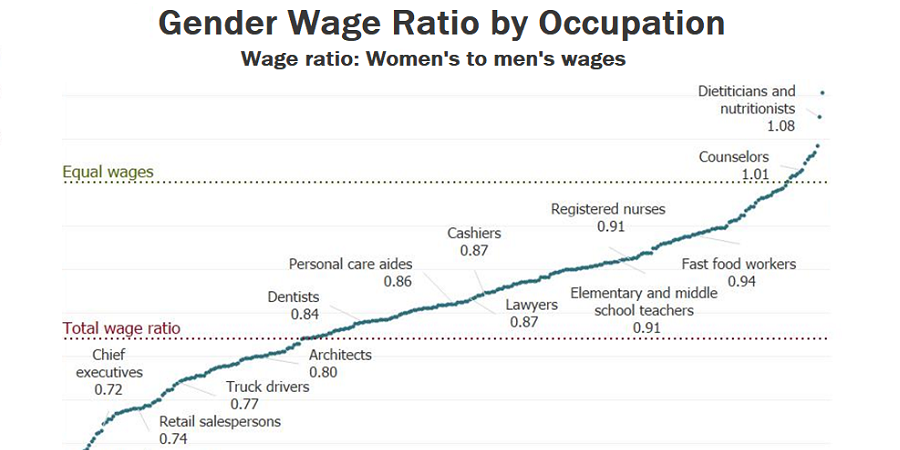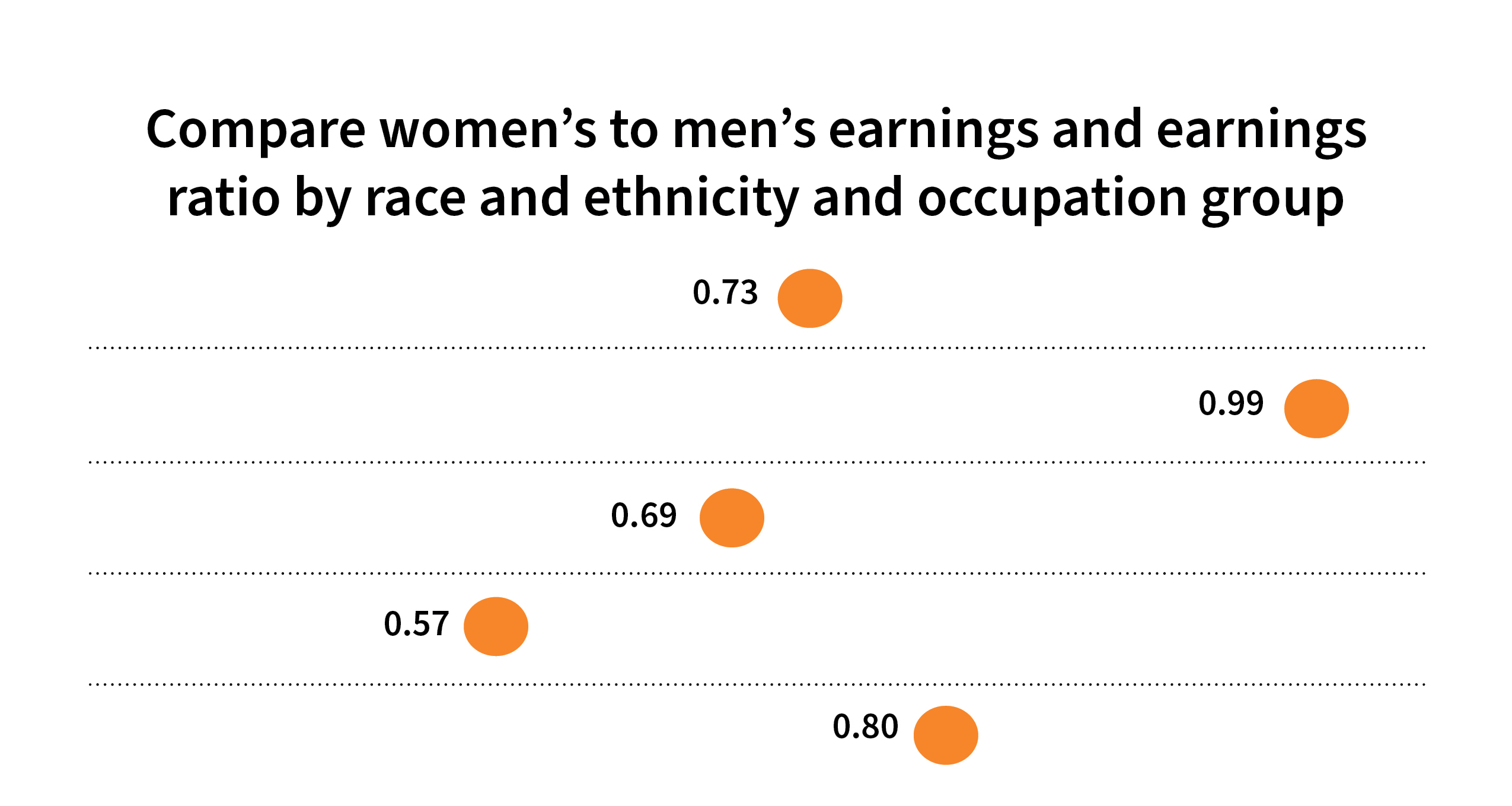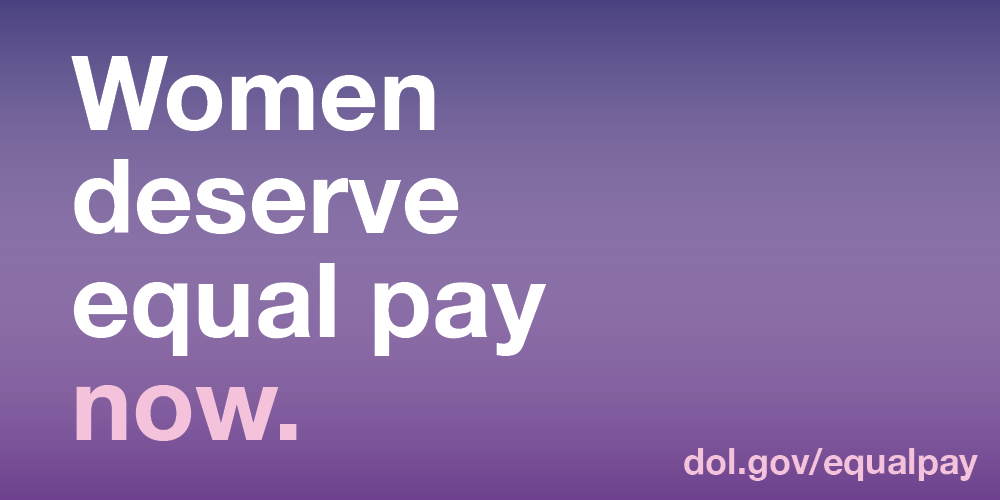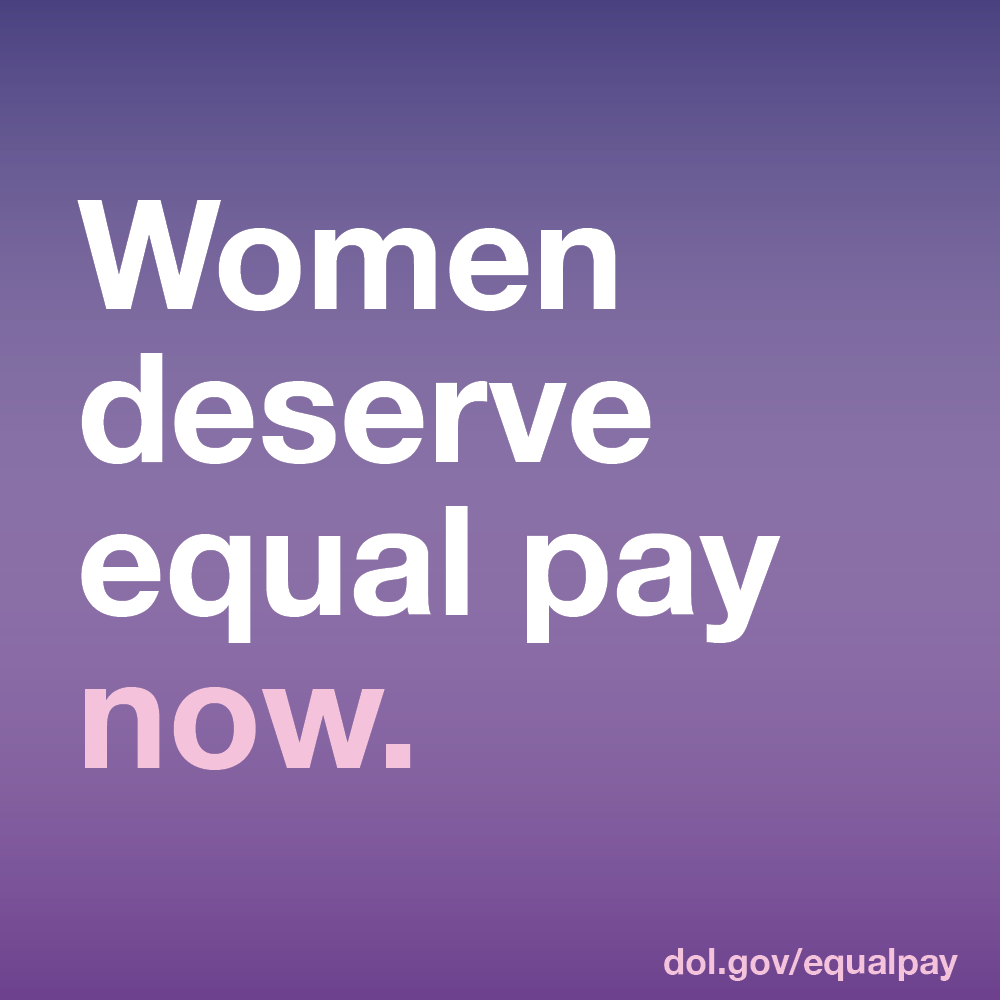Babel notice
Power. Protections. Equal Pay.
Now is the time to address equity in wages. This means increasing pay transparency, disrupting occupational segregation, eliminating discrimination, increasing access to paid leave, child and elder care, and creating pathways for women to enter into good jobs in order to build an inclusive economy where we can all thrive. Together, we can close the gender and racial wage gap.
Featured Research

- Understanding the Gender Wage Gap. This brief outlines and explains the different causes of the gender and racial wage gap. Lea el informe Comprendiendo la brecha salarial de género en Español.
- Equal Pay in the United States: Salary History Bans. This brief provides further information on equal pay legislation and policymaking in the United States since the 1960s, the benefits of salary history bans, and principles for designing salary history bans and other policies that close the gender wage gap.
- An Evaluation of the Gender Wage Gap Using Linked Survey and Administrative Data and Executive Summary. This report was developed by the Census Bureau and the Women’s Bureau and funded in whole or in part by the U.S. Department of Labor.
- Gender-Based Pay Disparity Study. This report was developed by 2M Research and funded in whole or in part by the U.S. Department of Labor.
Data Spotlight

- Compare women’s and men’s median earnings in over 300 occupations using our interactive tool. Last updated March 2024.
- Compare women’s and men’s earnings and the wage gap by race, ethnicity, and occupation using this interactive tool.
- See women’s earnings and earnings ratios by race, ethnicity, age, and educational attainment using our interactive data visualizations.
Map: Equal Pay and Pay Transparency Protections
This map provides information on federal and state-level equal pay and pay transparency protections for workers. More information about protection, coverage and available remedies are listed in an accompanying table at the link below.
Videos
- Wendy Chun-Hoon on the legacy of the Lilly Ledbetter Fair Pay Act (January 2024)
- The Equal Pay Act at 60 (June 2023)
- Celebrating International Equal Pay Day (September 2021)

Blogs
- Older and wiser, but not richer: The gender pay gap for older workers (July 2024)
- What You Need to Know About the Gender Wage Gap (March 2024)
- 5 Fast Facts: The Gender Wage Gap (March 2023)
- Recommitting to Pay Equity on Equal Pay Day (March 2023)
- Recognizing the Unique Employment Outcomes for Latinas in the Labor Force (October 2022)
- Connecting the Dots: “Women’s Work” and the Wage Gap (March 2022)
- Women’s History Month and the Labor Movement’s Role in Narrowing the Gender Pay Gap (March 2022)
- Advancing Equal Pay at Home and Abroad (September 2021)
- 5 Facts About Black Women in the Labor Force (August 2021)
Equal Pay Infographic, Key Messages and Social Graphics
The Equal Pay Act: 60 Years Later
A History of Progress View the Infographic
Key Messages
- Women’s work deserves equal pay (https://www.dol.gov/agencies/wb/equal-pay-protections)
- The myth that some jobs are “men’s work” and some are “women’s work” hurts women workers, especially women of color (https://www.dol.gov/agencies/wb/impact)
- All women are paid less than men, and Hispanic women are among the lowest paid (https://www.dol.gov/agencies/wb/data/earnings/median-annual-sex-race-hispanic-ethnicity)
- Gender wage gaps are compounded by age, increasing for women above 35 (https://www.dol.gov/agencies/wb/data/earnings/gender-earnings-ratios-wagegap-age)
- Women are paid less than men, on average, across all occupational groups (https://www.dol.gov/agencies/wb/data/earnings/wage-gap-race-occupation)
- Higher education doesn't eliminate the gender and racial wage gap, and the gap is largest for Black women across all levels of education (https://www.dol.gov/agencies/wb/data/earnings/Women-earnings-race-ethnicity-educational-attainment-percentage-Whitemen-earnings)
- Addressing wage equity means increasing pay transparency, disrupting occupational segregation, eliminating discrimination, increasing access to paid leave, child care and elder care, and creating pathways to good jobs for all women (https://www.dol.gov/agencies/wb/equal-pay-protections)



